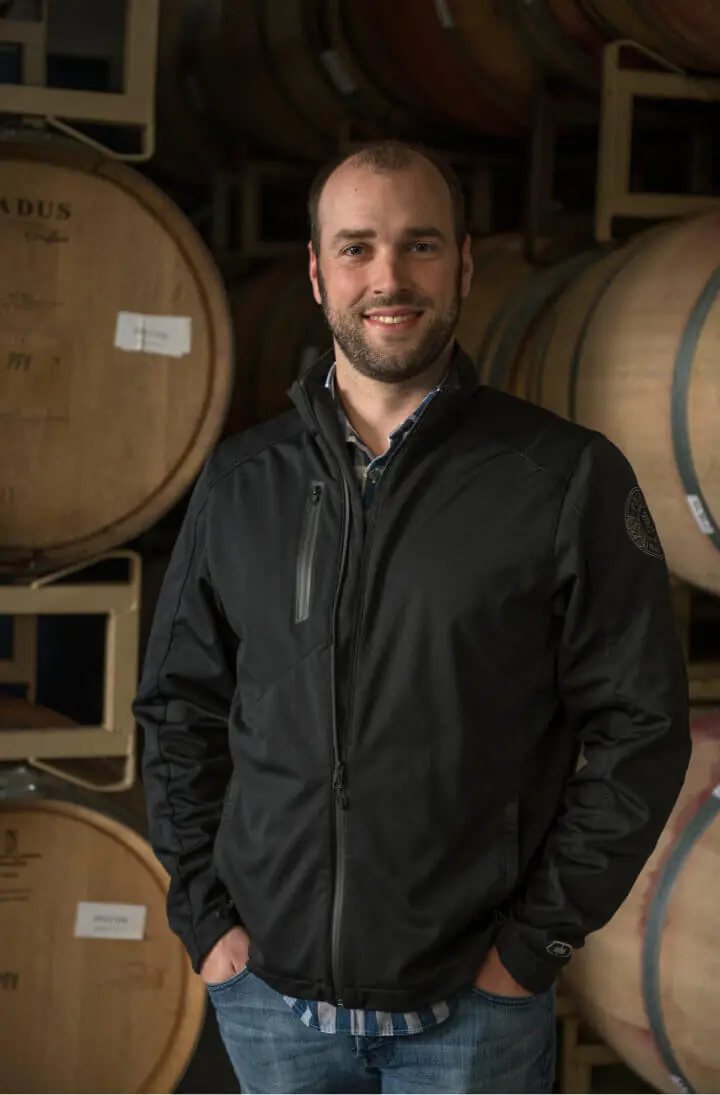There is, these days, if the publicists are to be believed, a move toward "mindful drinking," seeking out healthier alcohol alternatives. You can say I cling to the old ways, but I see no need to try and make alcohol healthier. You want healthy? Give up drinking. There. I said it. I quit smoking, gave up cannabis and cut way back on coffee. There is a limit to how unpleasant I want the rest of my life to be. Please leave the alcohol in my wine.
There are those who will insist that they want to moderate their alcohol consumption. These are the people who call us "boss," ride a scooter to work, and reply to everything we say with "perrrfect." Studies show that 64% of these younger folks are on the lookout for that healthier alcohol option and 34% of all wine drinkers want ways to moderate their alcohol intake. I suppose no one has suggested "put down the glass," so let me toss that into the ring as a logical answer to the problem.
Someone saw those numbers and decided that something needed to be done about them. The thing they decided to do was to make low-alcohol wine. Arlow Wine jumped at the chance to cater to the people who simply cannot stop at one glass. Now you can have two glasses, with the same alcohol as one glass of high-octane wine. You get double the regret, though.
Arlow, I'm told, is the first truly low-alcohol wine made in the US. Arlow's wines promise "full flavor, complex profiles, and all the enjoyment of wine, with just 6.5% abv." As if that were not enough enticement, Arlow is lower in calories at just 70 per glass, lower in sulfites and has little to no sugar added.
I was given three samples of these new wines to try. After drinking the rosé, I wanted to pour out all three and give up on the article. But I persisted in the taste test. Here are my findings.
Arlow RoséThis wine has a vibrant salmon-orange color to it. The nose gives aromas of cherry and strawberry with a fairly intense herbal slant. An occasional whiff of Jolly Rancher comes through, too. The palate is almost completely taken over by the herbal aspect found in the nose. There is little to no acidity. It tastes like an adult Kool-Aid instead of a wine. The low alcohol allows one to drink a lot of it, but one doesn't really want to.
Arlow Sauvignon Blanc This wine is tinted lightly golden. The aromas are very much what I expect from New World Sauvignon Blanc. The most dominant is a strident grassiness, which is joined by citrus and minerals. The palate gives lemon, lime, grapefruit, and minerality combined with a decent acidity. The flavor has an almost sweet note to it, which offsets the rather blunt fruit and herbal offering. The finish is not too long, but is pleasant enough while it’s there.
Arlow Cabernet SauvignonThis wine is peculiar. The color is medium dark purple. The nose is where the peculiar part begins. There is an extremely earthy, musty scent arising from the glass, almost foxy, as if it were a North American hybrid grape, but not quite. It is not a particularly bad smell, but it certainly bears none of the hallmarks of Cabernet Sauvignon wines I have ever had. The palate offers no apparent oak spice, and it tastes relatively fresh, so maybe this is a rare example of an oakless Cab. The tannins are almost nonexistent and there is not much acidity present. As with the Arlow Rosé, this is adult Kool-Aid, suitable to be chilled and served in plastic cups by the pool. Don't waste any food in a pairing with this wine.
If you think I'm being too harsh in my criticism, let me say that I am normally an easy audience for wine. My scores tend to be higher than most for the same wines and I am reasonably agreeable when a bottle fails to live up to hopes and expectations. I can nearly always find something positive to say about a wine, and I think that points to how much good wine is being made these days. These low-alcohol entries are easily among the worst wines I have tasted this year, maybe this decade. For 6.5% abv, I’ll take a beer instead, thanks.
Follow Randy Fuller on X
























